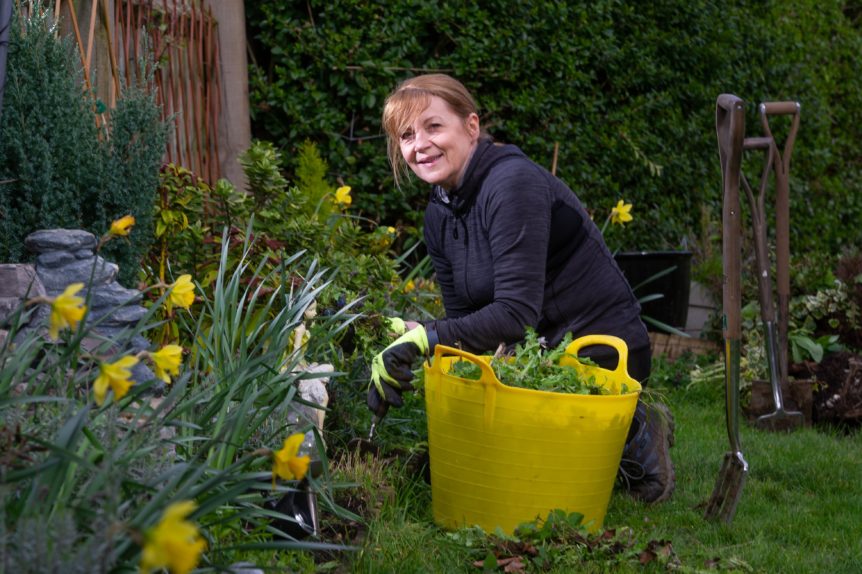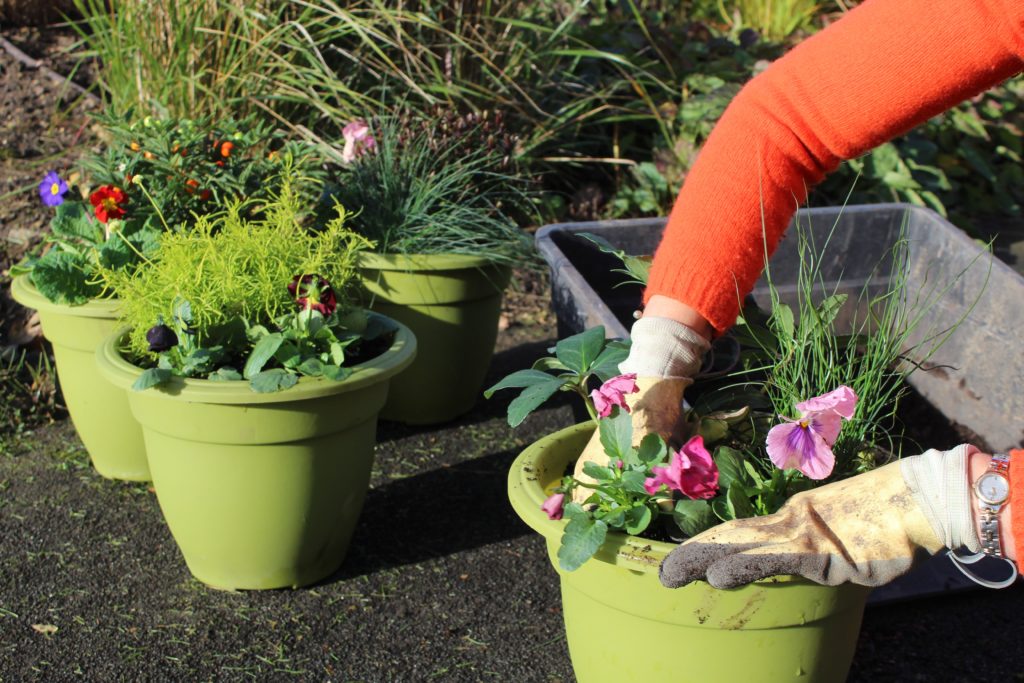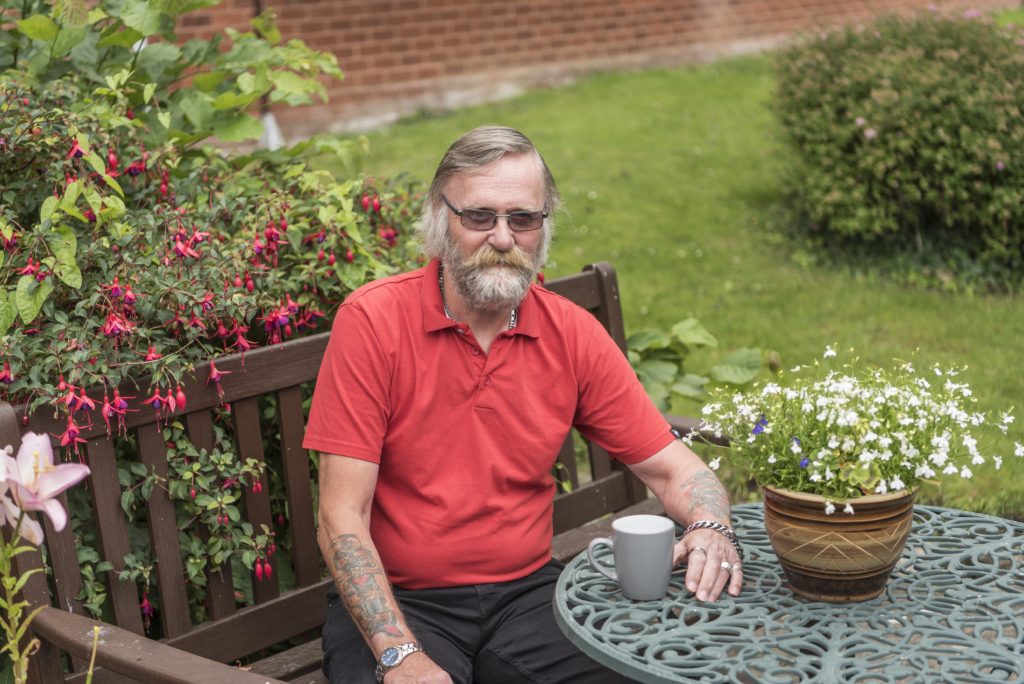News – 20 April 2021
Next week (Monday 26 April to Sunday 2 May) is National Gardening week, an annual celebration of gardens and gardening.
With spring now well upon us and the weather improving every week, we wanted to encourage you to make the most of your garden, because gardening is not only good for your health and wellbeing, it can also be good for the environment!
So we spoke to Emma Dagless, our Health and Wellbeing Coordinator, who is a keen gardener, to ask her for some gardening advice.
Where do I start?
BBC2’s Gardeners’ World is one of the best and most inspiring places to start if you want to get into gardening. It’s broadcast every Friday evening throughout the growing season and also available through iPlayer. Since the start of the pandemic they have invited viewers to send in their own video clips and these are really inspiring and full of helpful advice.
The Gardeners World website also has plenty of helpful information.
Another good recommendation is the Royal Horticultural Society (RHS) website which has a wealth of information for beginners, wildlife gardening, choosing the right plants, gardening in containers and, if you don’t have a garden, advice on houseplants. It also has some wellbeing pages which are well worth a read.
Disability and illness may present barriers, in which case the Thrive carry on gardening pages may be helpful.
Once you start looking, you’ll quickly find other sources of information. All the above organisations have a social media presence and a quick search will reveal other groups, webpages, podcasts and tv shows. If IT’s not your thing, there are also plenty of books and magazines available.
Does it cost a lot of money?
Don’t be put off by pictures showing large flowerbeds, expensive paths and costly accessories. There’s plenty of information available about gardening on a budget as well as upcycling garden projects. However, to get started you’ll have to buy some tools if you don’t already have them. The tools and equipment I found to be the most useful if you’re starting a collection from scratch are:
- A border fork – This tool is a little smaller than a regular garden fork and lets you can dig deep to clear weeds without disturbing surrounding plants.
- A hand trowel – This is really handy to dig out holes for planting once you used your fork to loosen the soil.
Make a start with these basics and then add a spade, watering can, secateurs, hand fork, hoe and shears as you are able.
Some things you may already have may come in useful, such as old bowls for holding compost, strong scissors and containers such as recycled juice or milk cartons (these can make good pot substitutes for small plants or seeds). Often local Facebook groups are useful when looking for basic tools and equipment and even spare plants.
What if my garden needs a lot of work?
There are many guides out there to help you in many aspects of gardening, ranging from sowing seeds, designing and planting flower borders or maintaining a vegetable patch. However, there’s not always advice on how to look at your (maybe neglected) garden and start getting it into shape. My advice here is to start small.
Pick an area maybe as small as a metre square and start with this. Use your fork, taking out all the weeds and their roots. If the soil is very heavy and clay-like, maybe add some compost or well-rotted manure – you can buy a bag from the garden centre or DIY store to get you started, although in time you can learn to make or source your own. Once the soil is broken down reasonably well, you can start planting!
Nurture this small area and gradually allow it to expand. Don’t worry about the whole garden, enjoy what you have achieved and add to it gradually over time.
Whatever you choose, make sure you have fun and use it to switch off and relax – it’s also really important to take time to enjoy it.
If you have been involved in one of our plant give away events, please follow this link for advice on growing each of the plants.





